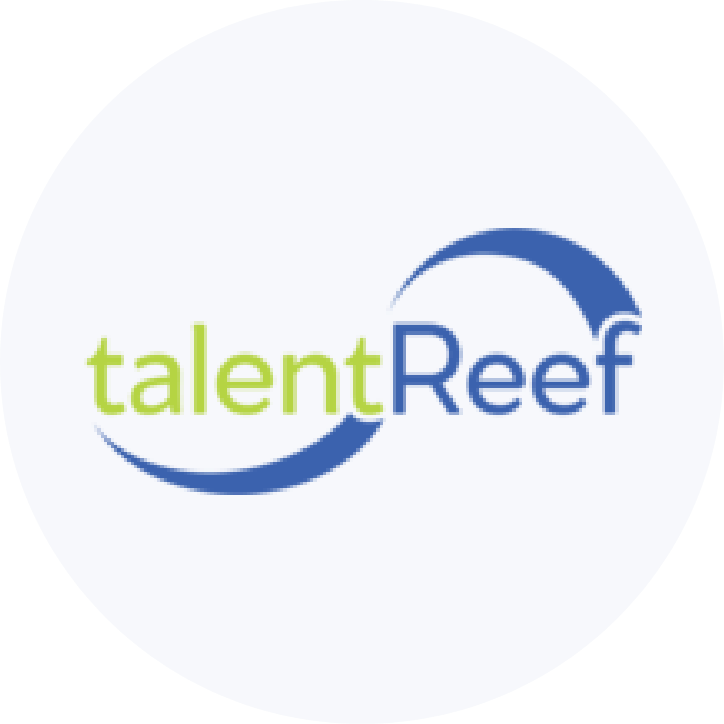Suppose you need to fill a management-level position. Do you promote employees from within your company or search for new, external hires? Regardless of your usual hiring process, there are several proven advantages to internal recruitment. So, before you make your next decision, take a few minutes to understand the various advantages of hiring internal versus external candidates.
What if you could see which applicants will stay long-term and add to your pool of options for internal promotions? It’s possible with Sprockets’ hiring platform. Our Applicant Matching System reveals which potential hires will succeed like your current top-performing employees. It’s proven to work and trusted by top brands like Chick-fil-A, Jimmy Johns, and ChartSpan.
Advantages of Internal Recruitment
1. Less Risk
A huge advantage of internal promotion is that you already know the person you are hiring. You likely understand how they perform in the workplace. When you hire external candidates, it can be difficult to gauge their cultural fit within your business. They may be qualified to succeed in their role, but lack the soft skills needed to mesh well with the rest of your team. External hires can lead to an increase of employee turnover. In fact, they are 61% more likely to be fired from their job than employees promoted from within. Internal hires will already have developed company-specific skills needed to succeed and stay long-term.
2. Faster Onboarding
Another pro of hiring internally is the faster onboarding process. An internal hire is already familiar with the business and its procedures, while a new hire would need to go through extensive onboarding and training. This may take longer than some hiring managers might think. Internal hires retain information better, and therefore, are able to complete their initial onboarding and training faster than their external counterparts.
3. Better Overall Performance
Research from Wharton suggests that external hires underperform in their first two years compared to internal hires. Some studies suggest the key to maximizing performance is building relationships with co-workers. 70% of employees say that “having a friend at work is the most crucial element to a happy work life.” Employees promoted from within will already have established professional relationships with their team have direct company experience under their belt.
4. Increased Employee Morale
Between the ongoing pandemic and labor shortage, it’s clear job seekers want more than just a job – they want a career. When you choose to promote from within, you send the message to other employees that your organization values hard work, commitment, and most importantly, its employees. If you make it clear you care about their long-term success and contribute to their career growth, this will naturally lead to an increase in employee morale and retention.
5. More Cost Efficient
Internal versus external hiring can save your business thousands of dollars. Research shows that external hires actually cost around 20% more than internal hires. In fact, it can cost your business $5,864 to replace one hourly employee, according to The Center for Hospitality Research. In high turnover industries especially, that expense can really add up – not to mention the lost productivity and time it takes to start over in the recruitment process for each lost hire. A recent study suggests it takes an average of 60 days to replace a single employee. If you hire internally, that cost is dramatically reduced since you are not wasting time and money recruiting, screening, and interviewing external applicants.
Hire the Best Applicants From the Start
Sprockets’ AI-powered platform understands which personality traits make your current top performers great. And, the simple scoring system reveals which employees should be promoted from within and which external applicants would be an ideal fit for your business. Plus, our solution is proven to increase employee retention by an average of 43%. Schedule your free, 15-minute demo today to focus on hiring the very best applicants and reduce costly employee turnover.






























